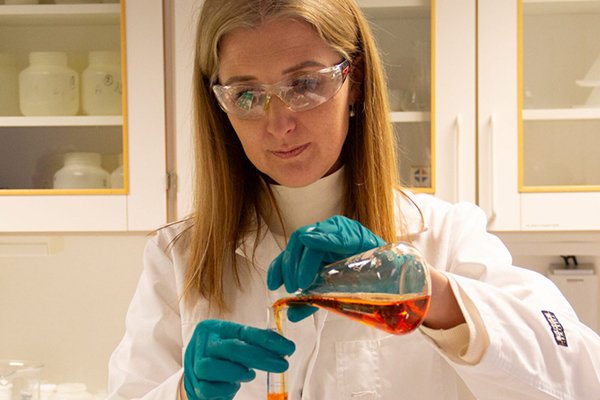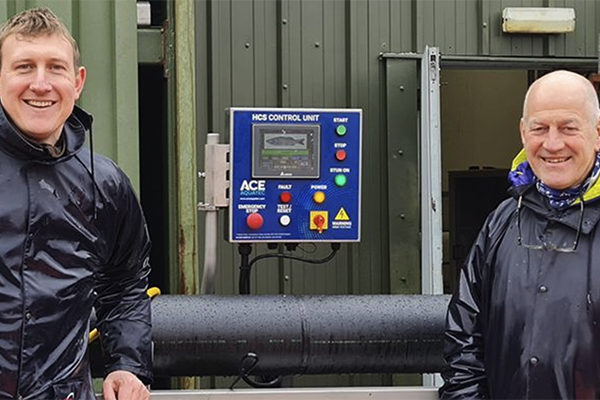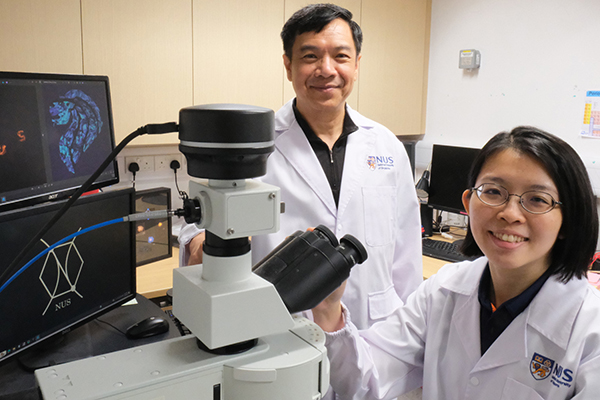New tech could convert fish byproducts into high-demand ingredients like collagen and gelatin, promoting a circular economy

A research team is developing technologies to better utilize fish residues, particularly fish skin, for producing collagen and gelatin. These high-demand ingredients are crucial in the pharmaceuticals, dietary, nutrition and cosmetic industries, where they are used in the manufacture of creams, capsules, powders and jellies.
These industries often experience shortages in marine raw materials. But tapping into over a million tons of fish byproducts – rich in omega-3 oils, collagen and gelatin – could alleviate shortages in the food and cosmetic industries and create new jobs.
“Fish-derived collagen is often of higher quality and enables people who don’t eat meat to enjoy products containing gelatin,” said Rasa Slizyte, a senior research scientist at SINTEF Ocean. “If we optimize our exploitation of whitefish residues, we can produce more than 6,500 tons of gelatin from fish skin every year.”
The research is part of a project called SUPREME, led by SINTEF Ocean in collaboration with several research partners, including the Norwegian University of Science and Technology (NTNU) and the Technical University of Denmark (DTU).
Even if the whitefish sector can supply large volumes of fish skins, there are challenges. Many fishing vessels have limited space on board and not all are equipped to supply fresh, high-quality raw materials or to freeze them, which is essential to avoid quality deterioration.
The SUPREME project has involved testing of various preservation technologies, such as freezing, salting and low-pH techniques. All of these methods produced satisfactory results, with high gelatin yields and good compositions of amino acids.
“This means that if we optimize our exploitation of whitefish residues, we can produce more than 6,500 tons of gelatin from fish skin every year,” said Slizyte.
Salmon skin and backbones, rich in collagen, could also be much more effectively utilized than they currently are. As part of an EU-funded project called DAFIA, SINTEF researchers have been working to develop a multi-stage processing technology that incorporates gentle heat treatment to break down the skin or backbones and remove the muscle fraction. This makes it possible to extract as much as 90 percent of the oil.
These new technologies are promising because several high-quality products can be made from the same materials. Marine oils, which spoil easily, can be preserved by adding antioxidants and sealing them in capsules. Proteins such as gelatin, used in the capsules, also help cover up any bad smells or tastes.
“These projects demonstrate that it’s entirely possible to make use of all fish raw materials,” said Slizyte. “We’ve completed our investigations of whitefish and salmon, so now it’s herring’s turn.”
Now that you've reached the end of the article ...
… please consider supporting GSA’s mission to advance responsible seafood practices through education, advocacy and third-party assurances. The Advocate aims to document the evolution of responsible seafood practices and share the expansive knowledge of our vast network of contributors.
By becoming a Global Seafood Alliance member, you’re ensuring that all of the pre-competitive work we do through member benefits, resources and events can continue. Individual membership costs just $50 a year.
Not a GSA member? Join us.
Author
-
Responsible Seafood Advocate
[103,114,111,46,100,111,111,102,97,101,115,108,97,98,111,108,103,64,114,111,116,105,100,101]
Tagged With
Related Posts

Responsibility
Ace Aquatec and Tiny Fish team up to advance Scotland’s salmon circular economy
Ace Aquatec and Tiny Fish aim to expand premium food markets for small Scottish salmon, enhancing the circular economy.

Aquafeeds
Food waste and hemp are the latest novel aquafeed ingredients gaining attention
As pressure on the ocean's resources intensifies, the search is on elsewhere for solutions to provide the protein that fish need to grow.

Innovation & Investment
Can fish scales be upcycled for water pollution control and encryption?
Scientists have uncovered a novel method that allows heat-treated fish scales to be upcycled for pollution control and encryption.

Responsibility
Novel chemical-free approach could create a circular model for treating aquaculture waste
An initiative could open up a new avenue for seafood producers to deal with aquaculture waste in a more circular way.



